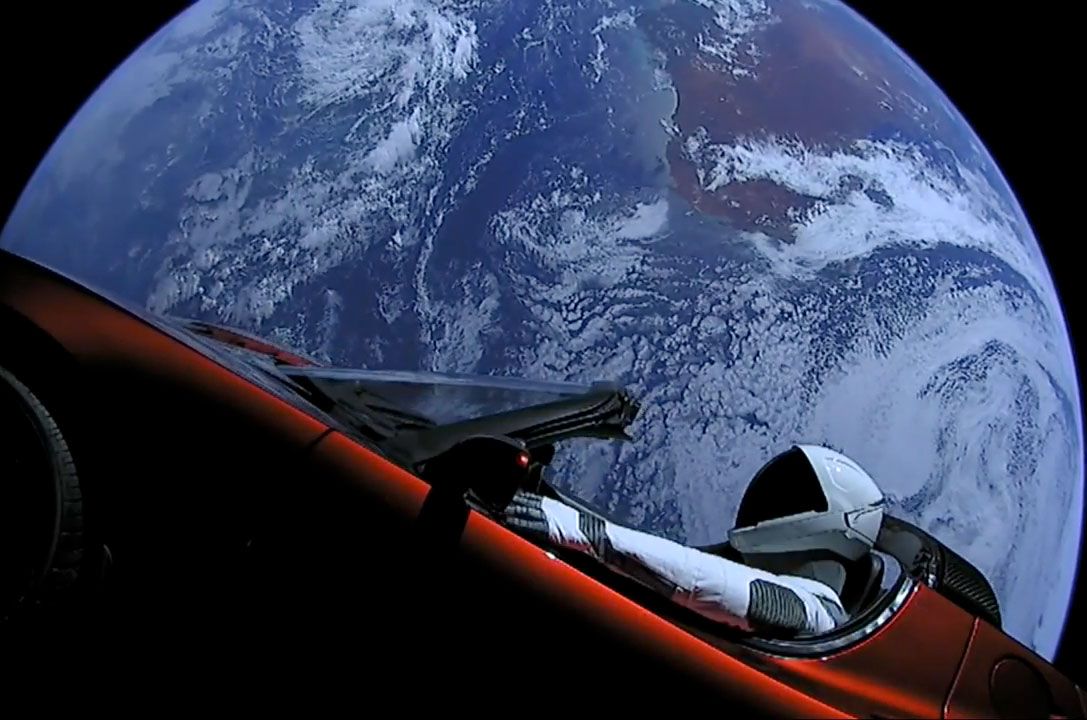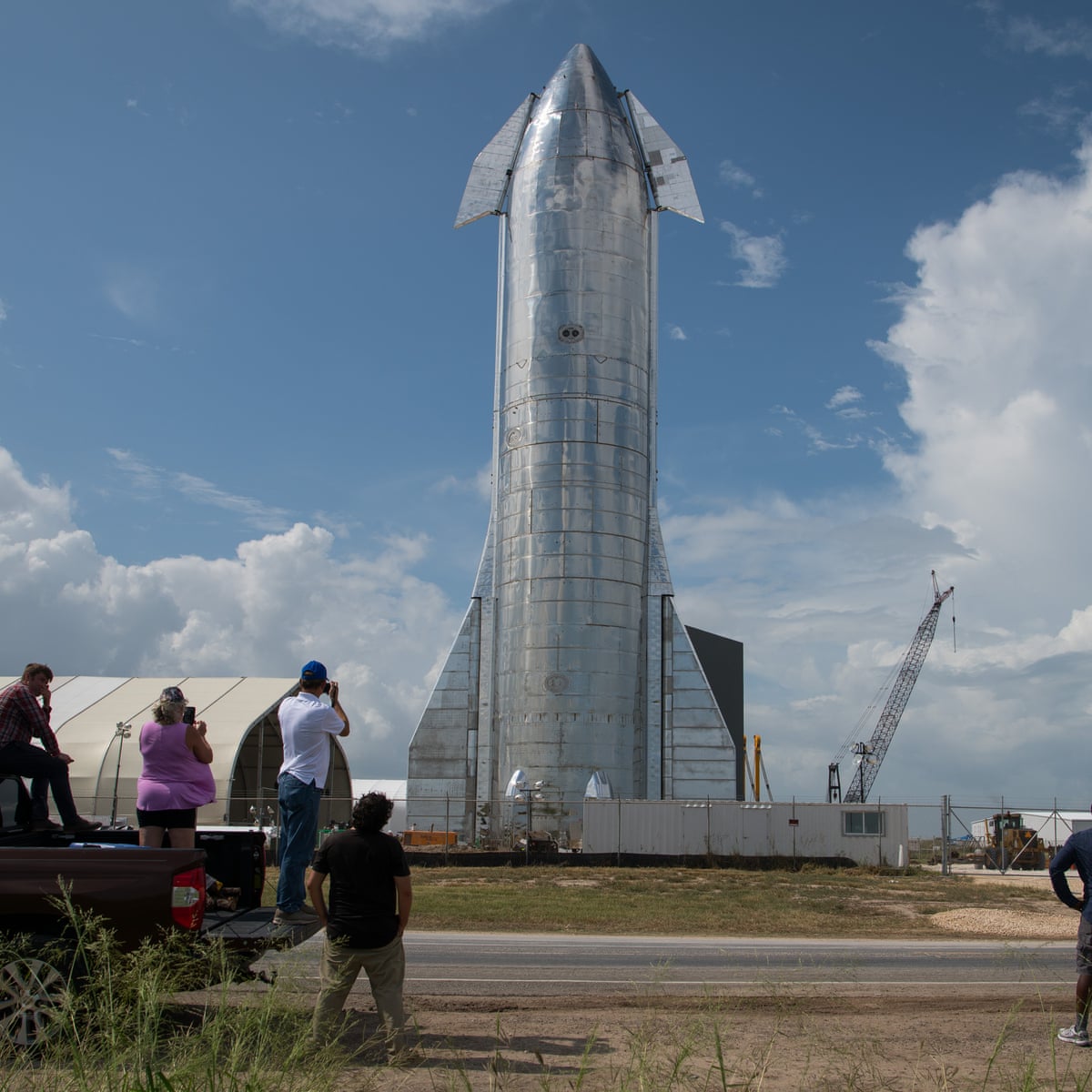On 31st May 2020, SpaceX became the first private company to send humans to the International Space Station (ISS) aboard its Falcon 9 Booster rocket. Incidentally, this was also the first crewed orbital flight from the United States since the 2011 Space Shuttle mission. Less than a year later, the company launched a record 143 satellites into space in a single mission. In fact, the slew of its achievements has grown exponentially in the last decade.
But SpaceX, the world’s leading aerospace manufacturer, rose to prominence from the ashes of its consecutive failures in 2008. Established in 2002 as realization of founder Elon Musk’s dream to make interplanetary travel feasible, SpaceX garnered attention as the new ambitious player on the commercial spacecraft block.

But things weren’t always smooth sailing. Musk recalls the early years of disappointment when the initial three launches by SpaceX failed. At the brink of bankruptcy, with funds available for just one more launch, the company tried one last time to salvage itself. The fourth time was indeed the charm. SpaceX became the first company to successfully launch a privately-funded liquid fuel rocket into space.
Subsequently, its credibility restored, the company acquired a $1.6 billion NASA contract to transport cargo to the international space station (ISS). The jubilation, however, was often overshadowed by skepticism from prominent space experts.
But contrary to all naysayers’ predictions, SpaceX’s accelerating growth today makes it a force to be reckoned. The scale of its ambitions has already pushed open the door to the future
The Unconventional Beginning
Elon Musk initially envisioned an experiment to land a greenhouse, with plants growing on gel, on Mars. This was part of his idea to set up a miniature life chamber on the red planet. The project formulated in 2001 was his attempt to restore common interest and curiosity about space exploration.
To this end, he traveled to Russia to purchase their refurbished Intercontinental Ballistic Missile (ICBM) without the warheads. But the steep price quoted by the Russians caused the negotiations to fall through. After the debacle, Musk decided to set up a company that could develop and manufacture its own rockets at a far lower price. Given his limited experience, next Musk recruited a team of experienced professionals to begin work on his corporate space enterprise in 2002. Celebrated propulsion expert, Thomas Mueller was one of the first to join his team.
And so, SpaceX was born.
Milestones
Once set up, the company struggled to gain credibility. The primary orbital launch vehicle developed by SpaceX was Falcon 1. Built between 2006-2009, Falcon 1 became only the third launch vehicle to be privately funded. After several delayed and failed missions, Falcon 1 achieved success in 2008. On its next flight in 2009, Falcon 1 put the Malaysian earth observation satellite, RazakSAT, into orbit. The rocket’s achievement paved way for SpaceX’s growth over the next few years.

After the success of Falcon 1 SpaceX began devising a reusable heavier lift vehicle called the Falcon 9 in 2005. It skipped over the planned development of an intermediate weight vehicle in the interim. Between 2010 and 2017, the Falcon 9 completed many milestones in its space flight:
- The Dragon spacecraft, a reusable class of cargo spacecraft, was launched with Falcon 9 and completed two orbits and returned back to earth in 2010.
- In 2012, Falcon 9 became the launch vehicle for the second Dragon spacecraft mission, wherein it was sent to the International Space Station (ISS)
- Three years later, Falcon 9’s flight 20 recorded the first successful return and vertical landing achieved by a first stage orbital rocket.
- In 2016, the Dragon spacecraft’s commercial refueling mission to the ISS concluded with safe reentry of the first stage Falcon 9 rocket. It also achieved vertical landing on an autonomous spaceport drone ship in the Atlantic Ocean.

Falcon Heavy
After the wide-scale success of Falcon 9, Space X upped the ante by strapping together three Falcon 9 rockets as a reusable heavy-lift launch vehicle and named it Falcon Heavy. The innovative approach was labeled an eccentric exercise, but Elon Musk pushed the envelope further by launching a Tesla Roadster as payload on the rocket. The flight became the first by a private entity to send a spacecraft in orbit around the sun. The car, now a satellite, has completed two revolutions in his heliocentric orbit.

Starship and Starlink
At the International Aeronautical Congress, Elon Musk announced SpaceX’s plan to build and launch large size spaceships with passenger capacity to Mars; an extension of his first idea of interplanetary travel. To accomplish the same, the company is working on the spacecraft and rocket combination called the Starship. It will be a completely reusable space travel vehicle with a capacity to carry up to 100 people to Mars.
Another innovative machine being developed at SpaceX is the Starlink. It will be a constellation of man-made satellites built to provide internet access through satellites. Theoretically, the system will be capable of providing up to 1 Gbps ultra-high-speed internet to any place on earth.
Working in collaboration with ground transceivers, the system will revolutionize internet access globally. The company, now a pioneer in rocket building, is diversifying into the broadband sector. SpaceX has already launched about 1,300 of the 1,440 internet-beaming satellites into orbit, offering services in certain rural regions of the US. Full commercial rollout is planned for later months in 2021.

SpaceX and NASA
SpaceX’s multitude of accomplishments transformed it to a formidable player in the space travel domain. However, it owes most of its triumph to NASA. Even before any successful launches to its credit, SpaceX acquired multiple contracts from NASA to carry forth its launch program. The contracts awarded under the Commercial Orbital Transportation Service (COTS) infused funds of about $400 million into SpaceX. This assisted the quick development of the Dragon spacecraft and the Falcon 9 rocket. The association is also a win-win for both parties since the company’s state-of-the-art spacecraft is available at competitive prices to NASA, limiting its reliance on exorbitant Russian products.
The Future of SpaceX
Helmed by a motivated entrepreneur, SpaceX has already stretched the boundaries of space travel far beyond our imagination. In the coming decades, it may well blur the line between reality and science fiction. As Musk famously said, the future will be great if we are a multi-planet species. The scope of his ambitions should inspire many more to dream big and achieve bigger.
